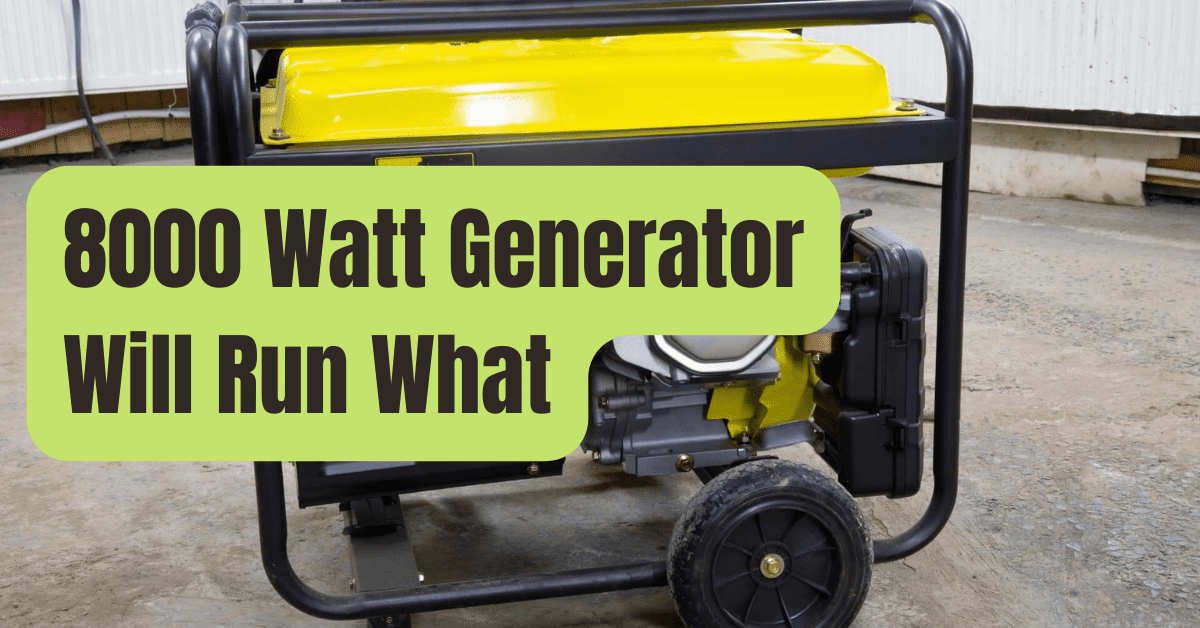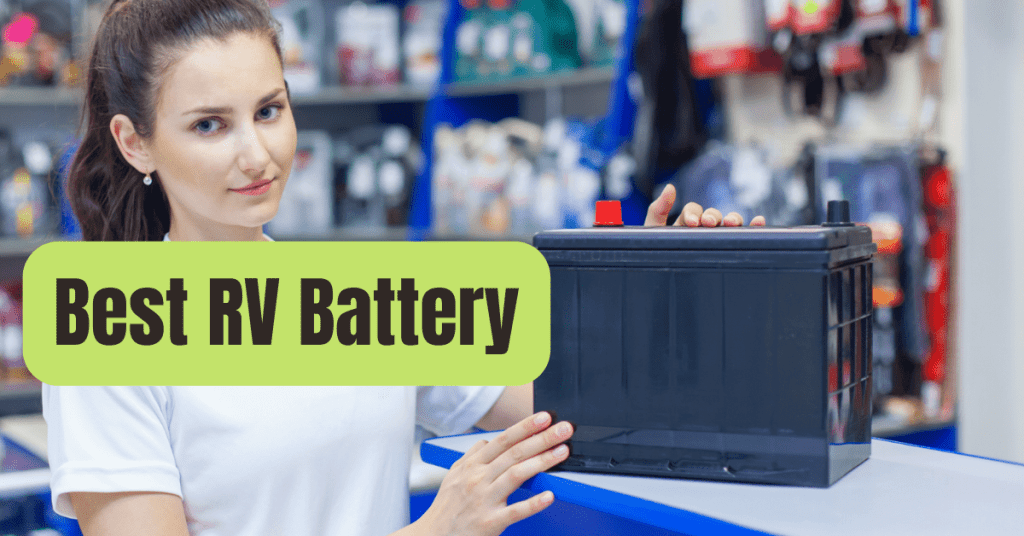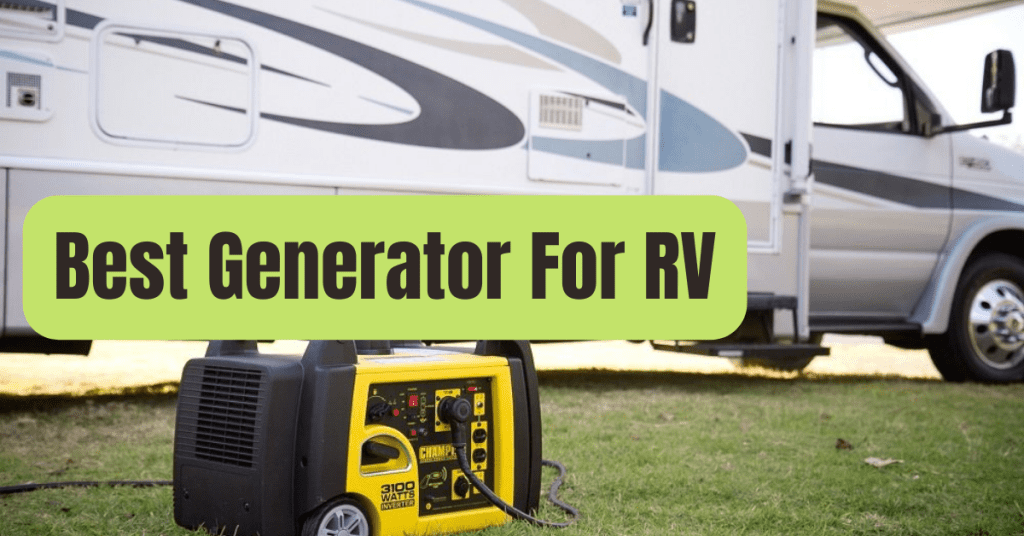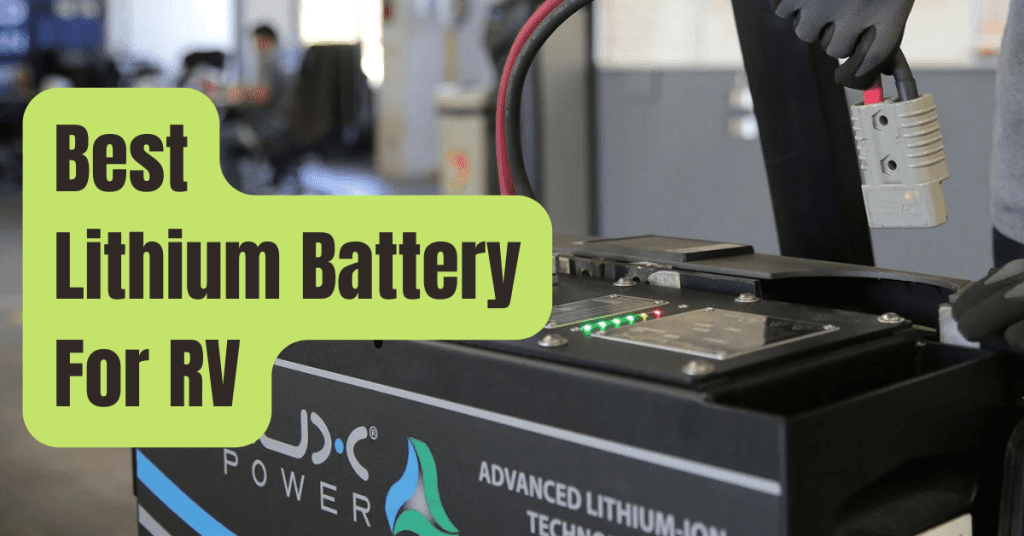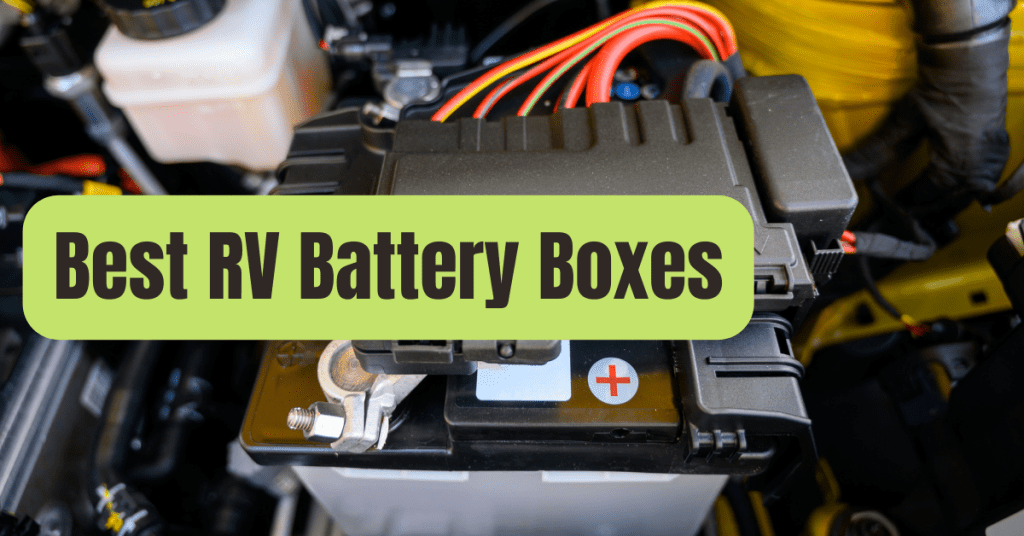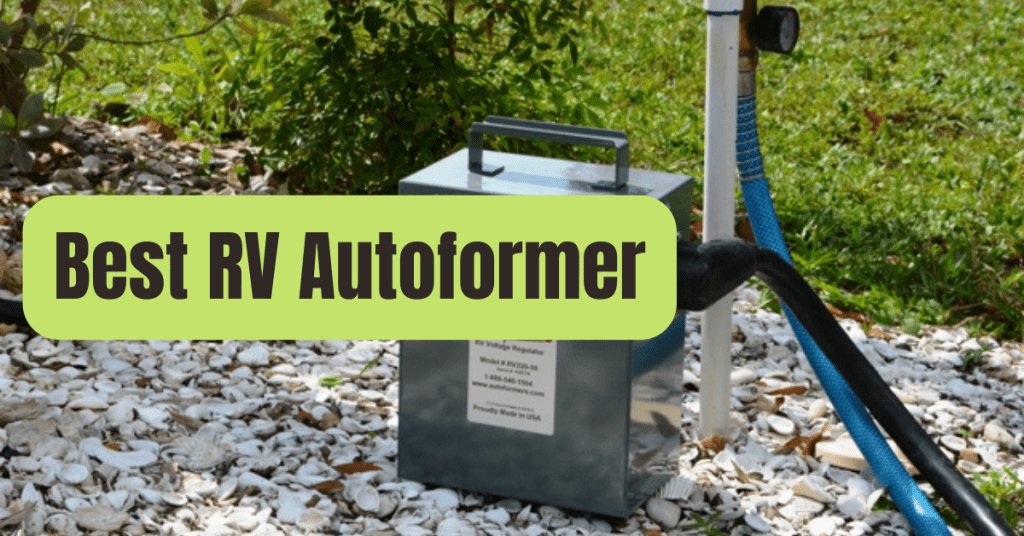Do you have a lot of power requirements on a daily basis? Do you ever wonder how you’d keep your family comfortable if the electricity went off for a lengthy period of time? If that’s the case, an 8000-watt generator could be worth considering.
An 8,000-watt generator can power almost everything in your house, including your refrigerator, microwave, coffee machine, television, lights, and even your stove.
You could even use an 8,000-watt generator as a whole house generator if you properly regulate the load since it will offer enough energy to run just about everything in your house.
We’ll go over which appliances your 8,000-watt generator can power in this post.
We’ll discuss how to regulate the load so that you may use one to power your whole home.
We’ll also go through the difference between beginning and operating watts so you know exactly what an 8,000-watt generator can do.
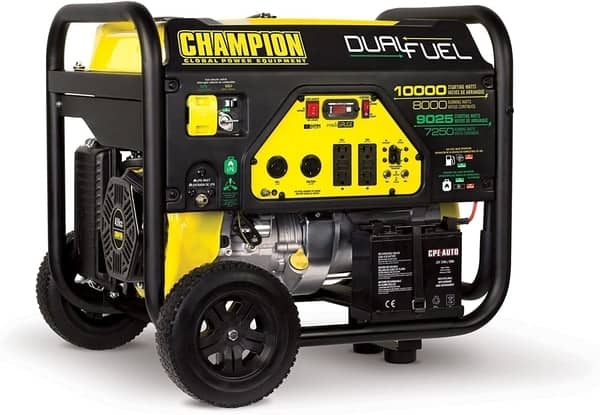
What Is The Maximum Capacity Of An 8,000-Watt Generator?
Before you go to your garage and connect your 8,000-watt generator into your electrical grid, you need to know what items it can power.
Despite the fact that this size generator can handle a lot, you should manage your energy consumption to avoid overloading it.
Overloading the generator might cause damage to the machinery and potentially a fire.
The table below will help you figure out how many beginning and operating watts your appliances need to function properly.
Keep in mind that each brand and kind of equipment differs somewhat.
As a result, you’ll need to consult the user manuals for your appliances to find out just how much power they use.
Watts Required to Start and Run Common Household Appliances
| Appliance | Starting Watts | Running Watts |
| Cell Phone Charger | N/A | 25 |
| String of Outdoor Lights | N/A | 40 |
| Laptop | N/A | 60 |
| 75 Watt Light Bulb | N/A | 75 |
| Powered Cordless Drill | N/A | 100 |
| 50 Inch LCD TV | N/A | 150 |
| Crockpot | N/A | 250 |
| Home Projector | N/A | 300-800 |
| Camping Refrigerator | 500 | 350 |
| Blender | N/A | 500 |
| Microwave | N/A | 600-1200 |
| Full-Size Refrigerator | 2200 | 700 |
| Coffee Maker | N/A | 1000 |
| Sump Pump ½ Horse Power | 2150 | 1050 |
| Washing Machine | 2250 | 1150 |
| Toaster Oven | N/A | 1200 |
| Window Air Conditioner (10,000 BTUs) | 3600 | 1200 |
| Electric Grill | N/A | 1250 |
| Hair Dryer | N/A | 1250 |
| Dishwasher | N/A | 1500 |
| Space Heater | N/A | 1800 |
| Well Pump | 4000 | 2000 |
| Oven Range | N/A | 2000-5000 |
| Hot Water Heater | N/A | 3000 |
| Central Air Conditioner | Up to 11,400 | 3,800 |
| Clothes Dryer | 6750 | 5400 |
An 8000 Watt Generator’s Starting and Running Watts
The graph above shows the usual power needs of common home equipment.
As you can see from the graph, certain gadgets use a lot of watts while others consume a lot less.
Items with motors, for example, often need more watts to start but subsequently require fewer to stay operating.
An 8000 Watt Generator’s Continuous Watts or Running Watts
Generators may operate for many hours.
Continuous watts, also known as running watts, are the number of watts that a generator can produce at a constant rate.
As a result, your 8000-watt generator can produce 8000 watts of power for a long time.
A coffee machine, for example, uses roughly 1000 watts to operate.
However, it does not need any more watts to get started, so it will just use 1000 watts for the whole time it brews and remains hot.
Other appliances may need additional watts to start up, which are referred to as beginning watts or surge watts.
Surge Watts vs. Starting Watts
If continuous watts are the amount of power required to keep an appliance operating, beginning watts, also known as surge watts, are the additional watts required to get an appliance started.
When you start on your generator, it will need to provide the additional electricity that certain appliances need to get up and running.
To begin started, a clothes drier, for example, will need around 6700 watts (depending on size and kind).
However, once the dryer is turned on, the amount of watts required to keep it running drops to about 5400.
A refrigerator is another item that requires beginning watts.
Throughout the day, refrigerators turn on and off.
As a result, additional watts or surge watts will be required when they are turned on.
They’ll only require running watts when they’re near the bottom of their cycle.
Most generators can give a few additional watts for at least a few minutes to help bigger appliances start up.
Bear in mind that each generator is unique.
And each one has a different amount of watts available.
Make sure you read the user handbook thoroughly to avoid overworking it.
On An 8000 Watt Generator, How Many Appliances Can You Run At The Same Time?
You may operate as many appliances as you like on an 8000-watt generator as long as the total number of running watts and total number of continuous watts are less than the generator’s capacity.
You’ll want to figure this out ahead of time so you don’t make a mistake when the power goes out.
You may wish to make your own chart with all of your personal gadgets’ starting and operating wattages, but for now, we’ll use the table above to obtain a broad concept of how to figure out how many appliances you can operate on your generator.
- Look up how many starting and operating watts your generator can provide, as well as how long it can do so, in the user handbook. You can usually get the information online if you don’t have the handbook.
- Make a list of all the appliances you’ll need or wish to use if the power goes out for an extended length of time.
- Write the initial watts and continuous watts required for each item on the list next to it.
- Add up all of the beginning watts at the bottom of the list. Use the running watts if an item doesn’t have any additional beginning watts.
- Add all of the running watts together.
- Check to see whether the starting and operating watts are less than your generator’s capacity.
- If the totals exceed the capacity of your generator, you’ll have to run fewer things at a time.
How to Use an 8000 Watt Generator to Run Multiple Appliances
You’ll want to make sure your family is secure, comfortable, nourished, and amused if the electricity goes out.
As a result, you may wish to consider using the following appliances:
- There are two phone costs.
- A coffee machine
- Refrigerator
- 3 x 75 watt incandescent light bulbs
- Oven
- Machine to wash clothes
Is your generator capable of powering this many appliances?
Before you rush out and start your generator, keep in mind that using your generator inside is dangerous.
To avoid carbon monoxide poisoning, only use it outside of your house.
Also, be sure any extension wires you use to connect your appliance to the generator are rated for outside usage and aren’t overloaded.
To get started, you’ll need to find out the starting and operating wattage for the appliances you intend to use.
This is how your columns will look:
| Item | Starting Watts | Running Watts |
| Two cell phone charges | 50 | |
| Coffee Maker | 1000 | |
| Refrigerator | 2200 | 700 |
| 3 75 Watt Light Bulbs | 225 | 225 |
| Oven | 2000-5000 | |
| Washing Machine | 2250 | 1150 |
To begin, we tally up all of each item’s operating watts, which totals 8,125.
Then we sum up the surge and operating watts of the things that don’t need additional start-up watts, which totals 10,725.
Don’t worry if the operating watts are a touch too high for your generator.
You don’t have to perform all of those processes at once.
For instance, you’ll run the generator all day to keep the fridge and chargers operating.
Then make your coffee first thing in the morning.
Do a load of washing when the maker is completed.
You may start preparing supper in the oven after the washing is finished.
This will lessen the demand on your generator by spreading out the starting and operating watts throughout the day.
FAQs
Is an 8000-watt generator capable of running a furnace?
Most house furnaces consume about 600 watts of power, which an 8000-watt generator could easily manage.
If you heat your house with an electric boiler, though, you’ll need a larger unit to keep up with the demand.
What happens if my generator is overloaded?
You risk overloading your generator if you use too many gadgets at once.
This might cause the generator or the appliances to malfunction.
It might potentially result in brownouts or possibly a fire.
If you’re worried about overloading your generator, set it to no more than 90% of its maximum capacity.
This will offer you a bit more leeway in case anything goes wrong.

